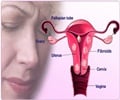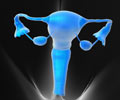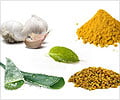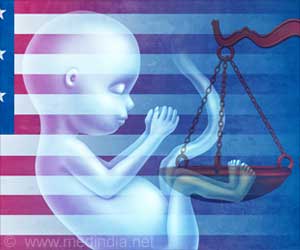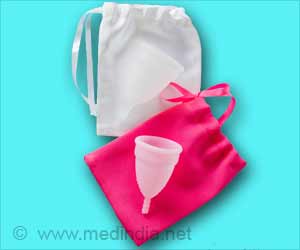Uterus transplant surgery has allowed woman to give birth to her son using her mother’s womb.
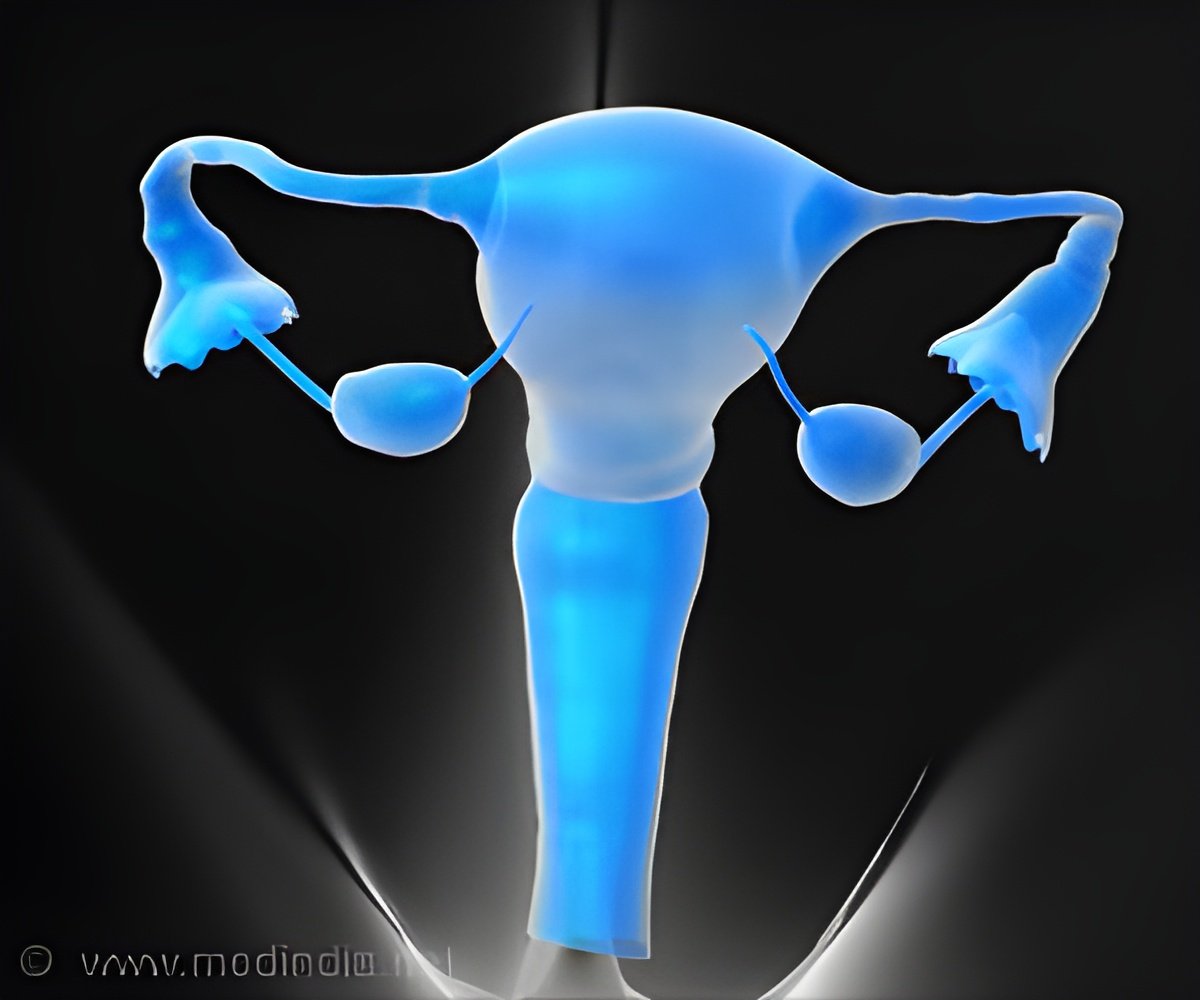
‘The womb transplantation surgery will be an inspiration and encouragement to many other women who have been told they will not be able to carry their own children.’





"It's like science fiction," she said.The surgery was performed by pioneering Swedish doctor Mats Brannstrom, who is the only person in the world to deliver babies — five so far — from women with donated wombs.
Around the time Ms Eriksson was 15 years old, she began wondering why she had not got her period. A number of tests later revealed that she had been born without a womb and doctors said she would never be able to carry her own children.
Ms Eriksson began reading about scientists attempting to create organs from stem cells and was told about the womb transplant research being pursued by Dr Brannstrom, when she was in her 20s.
Ms Eriksson’s mother Marie Eriksson, 53 years old decided to offer her womb to her daughter.”I'm so old, I don't need my womb and I don't want any more children. This is your only chance to have a child and you should take it'." she said.
Advertisement
Finally, Ms Eriksson's husband, Daniel Chrysong could see some light at the end of the tunnel.
Advertisement
After a year, Ms Eriksson was finally ready to attempt to get pregnant and Dr Brannstrom's team transferred a single embryo into her womb, which Ms Eriksson and Mr Chrysong had created during in-vitro fertilisation.
An initial pregnancy test returned a negative result, but another a week later revealed a baby had been conceived.
And finally Ms Eriksson gave birth to a healthy baby boy Albin in 2014.
Ms Eriksson's agreed to share her story because she hopes other women who need help having a child will be encouraged and inspired by her family's extraordinary womb transplantation experience."I hope this will be a reality for everyone that needs it," she said.
Dr Brannstom began a series of painstaking research projects to learn whether it might be possible to transplant a womb, despite criticism that the unheard of procedure was dangerous, medically unnecessary and impossible.
After successful uterus transplants in mice in 1999 and tests in rats, sheep, pigs and monkeys, the surgery was first performed on humans in 2012.
No other doctor in the world has succeeded, despite attempts in the US, Saudi Arabia and Turkey, and ongoing efforts in China, Britain, France, the Czech Republic and elsewhere.
The first of Dr Brannstom's patients' babies was born in 2014 and the fifth arrived in January; another is due in early 2017.
Other fertility experts thought it was astonishing that wombs of some post-menopausal women were able to grow healthy babies after being transplanted.
Doctors typically expect younger organs to work better, but in the case of womb transplantation, organs from older women appeared "rejuvenated" after being dosed with hormones.
Dr Brannstom said he believed the operation would one day be common, and he is working with doctors elsewhere, including at Harvard Medical School and the Mayo Clinic in the US, to perfect the procedure.
Source-Medindia

